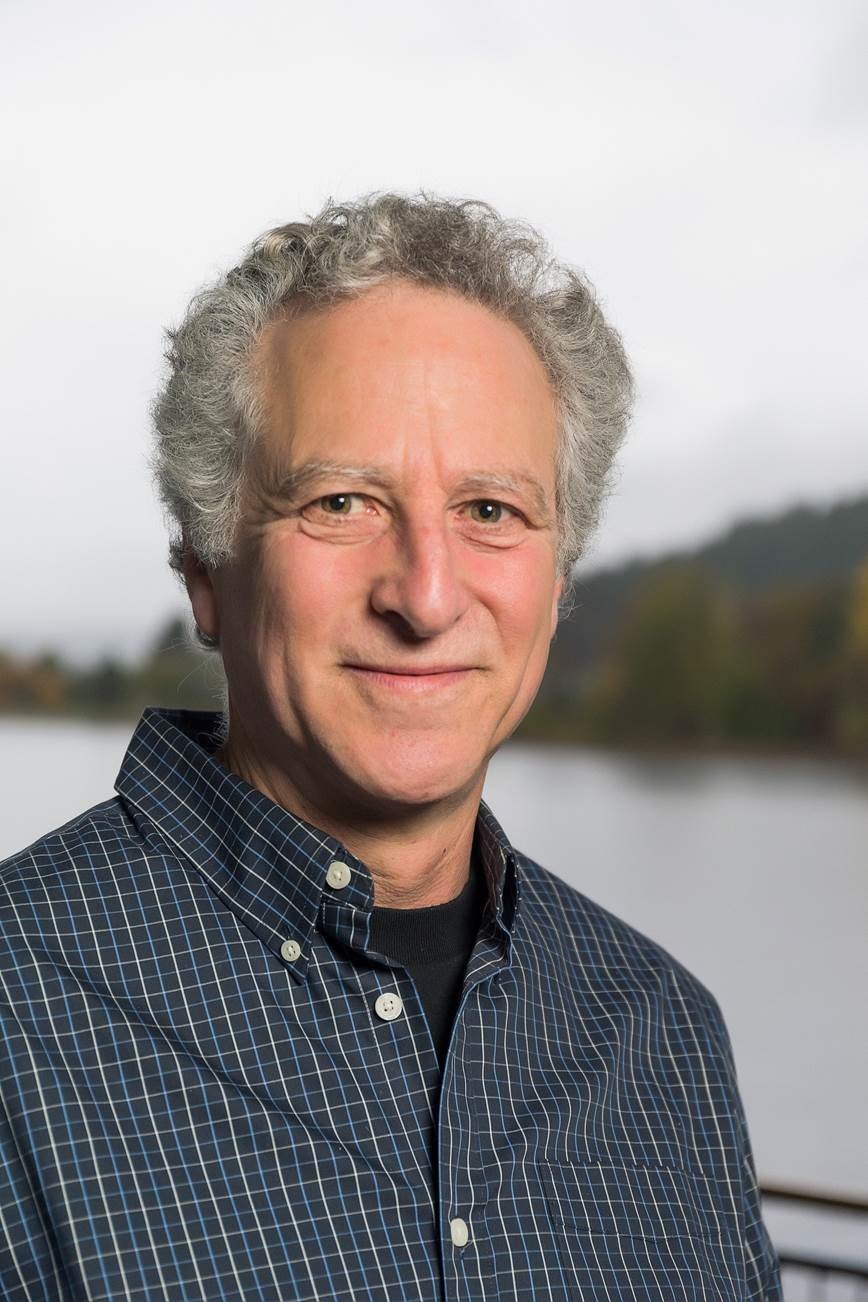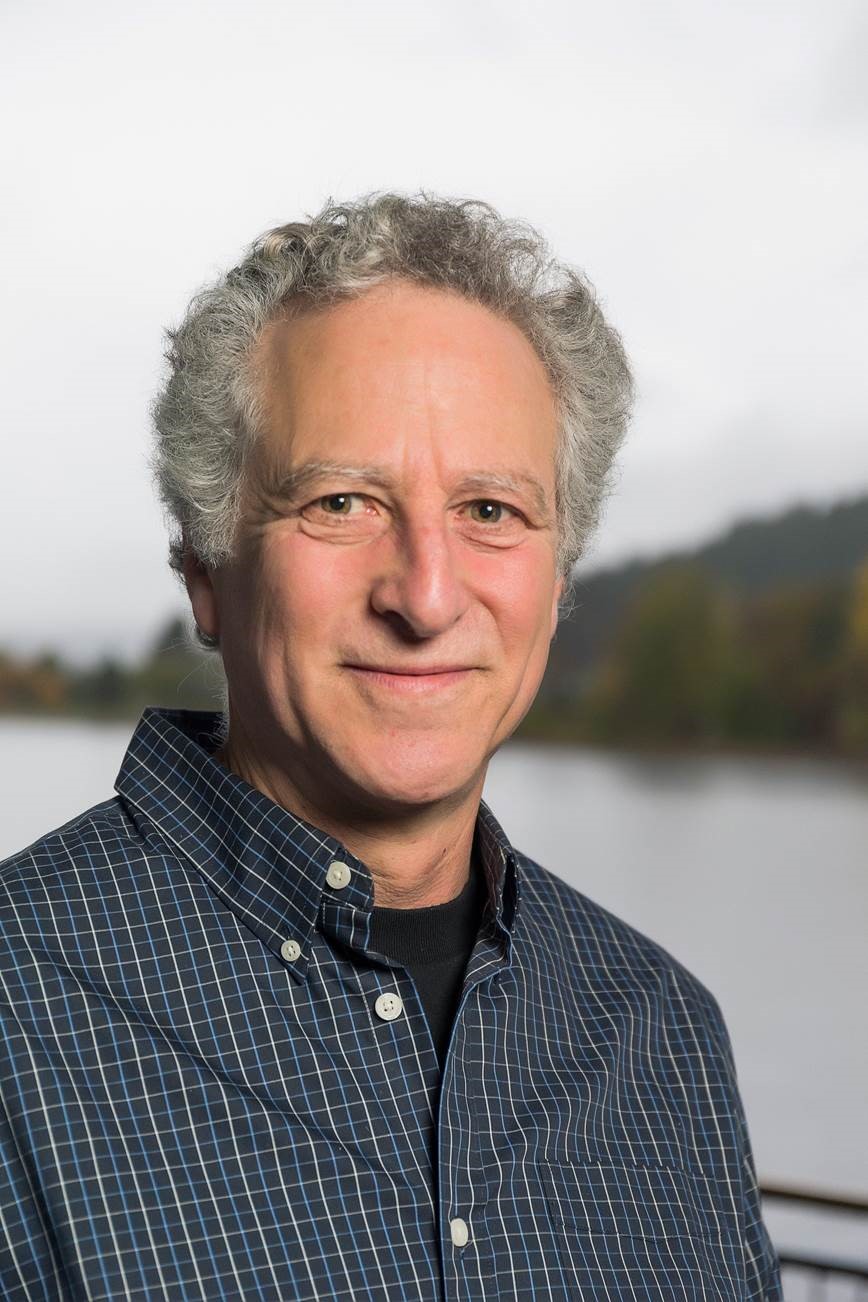Securing Water in North Idaho
Idaho Water Resources Research Institute study helps Rathdrum Prairie prepare for future
The Rathdrum Prairie Aquifer is the sole source of water for 150,000 people in North Idaho.
The University of Idaho’s Idaho Water Resources Research Institute, or IWRRI, is helping ensure the towns on the prairie maintain their water access as they grow. IWRRI researchers recently completed an in-depth study of current water demand and potential future development in the area, providing vital data so municipal water providers can secure the water rights they need.
Water for the Future
The roughly 370-square-mile Spokane Valley-Rathdrum Prairie Aquifer spans Idaho and Washington, with water flowing east to west and affecting the Spokane River. Both states rely on this shared source for drinking water, irrigation, industrial uses and more.
The states are dedicated to working together, but sometimes have competing interests.
“There has been tension over the years over who’s drawing what where, and whether it’s going to effect the eventual health of the Spokane River,” says Mark Solomon, interim IWRRI director.
In March 2014, a group of municipal water providers on the Idaho side asked IWRRI for help: The state of Washington was moving toward adopting flow rules for the Spokane River, and the cities and water districts wanted to make sure it wouldn’t hurt their ability to provide water in the future.
IWRRI began to gather data to support the 28 providers as they applied for Reasonably Anticipated Future Need water rights from the Idaho Water Resource Board.
If they receive the rights, the providers will be able to protect their water access “should it ever come to competition instead of cooperation between the states,” Solomon says.
“In the West, where water is scarcer than in the temperate East, the right to water goes to the first person to put it to use,” he explains. “The more senior the water right you have, the more claim you have to use that water in times of scarcity.”
Data for the Future
Solomon’s research estimated the area’s water demand for the next 30 years by examining current demand and building population and economic projections. The Rathdrum Prairie area is not growing as rapidly as it did in the 1980s, but Solomon’s data still projected a steady 1.4 -1.8 percent overall annual population increase.
Mike Galante, district manager for the North Kootenai Water and Sewer District, says he’s pleased with the study’s usefulness not only for securing water rights, but also for planning.
“I think the IWRRI tool does a pretty good job of, first of all, identifying areas of city impact. It does a good job of identifying service areas of various water providers,” Galante says. “Generally speaking, it gives a look to the future of what our map of our area’s going to look like as growth continues.”
The most interesting result of the study, Solomon said, was finding out that right now, the areas with the densest population on the prairie correlate to the areas that use the least water per person — and the least water during the hottest days of summer, which are critical for the aquifer and the Spokane River.
This information could help land-use planners in the region encourage water-wise growth, further preserving the area’s access to the aquifer.
“If water conservation becomes an issue in continued development of the region, then certainly planning that decreases the amount of irrigated landscape and promotes quality of living through a denser urban core can provide a basis for economic growth without imperiling the aquifer or the Spokane River,” Solomon says.
Expanding Statewide
Since the successful completion of the Rathdrum Prairie project, Solomon says he has heard from other water districts, particularly in the Treasure Valley, who also want to work with IWRRI to prepare for future water needs.
Galante says he would recommend that other communities work with the trustworthy and straightforward IWRRI team.
“They ask the right questions, and they convey the mission of the project and the outcome that will happen,” he says. “They’re good communicators and they follow through.”
Solomon said projects like the Rathdrum Prairie study fit perfectly into IWRRI’s role at the university and in the state.
“IWRRI takes the knowledge of the university and applies it to real-world water resource problems, and also provides the trusted, neutral party to negotiate tough agreements between interests that may be in conflict,” Solomon says.
“The ultimate goal is to ensure that we have the water we need to support our people, our economy and our landscapes for this and future generations.”
- Article by Tara Roberts, University Communications and Marketing and the Office of Research and Economic Development








